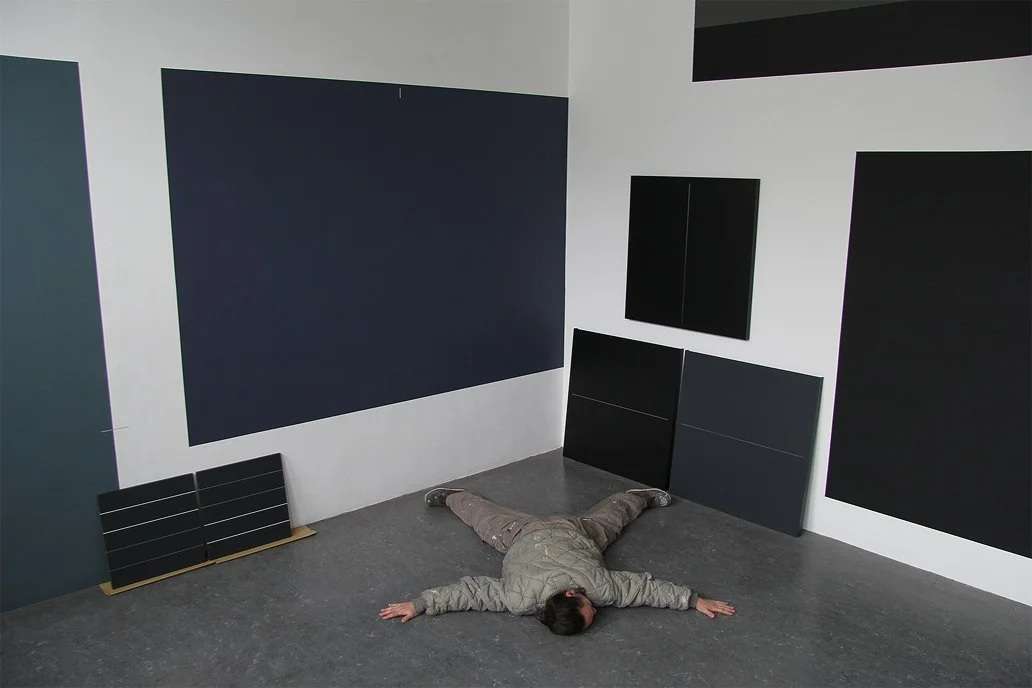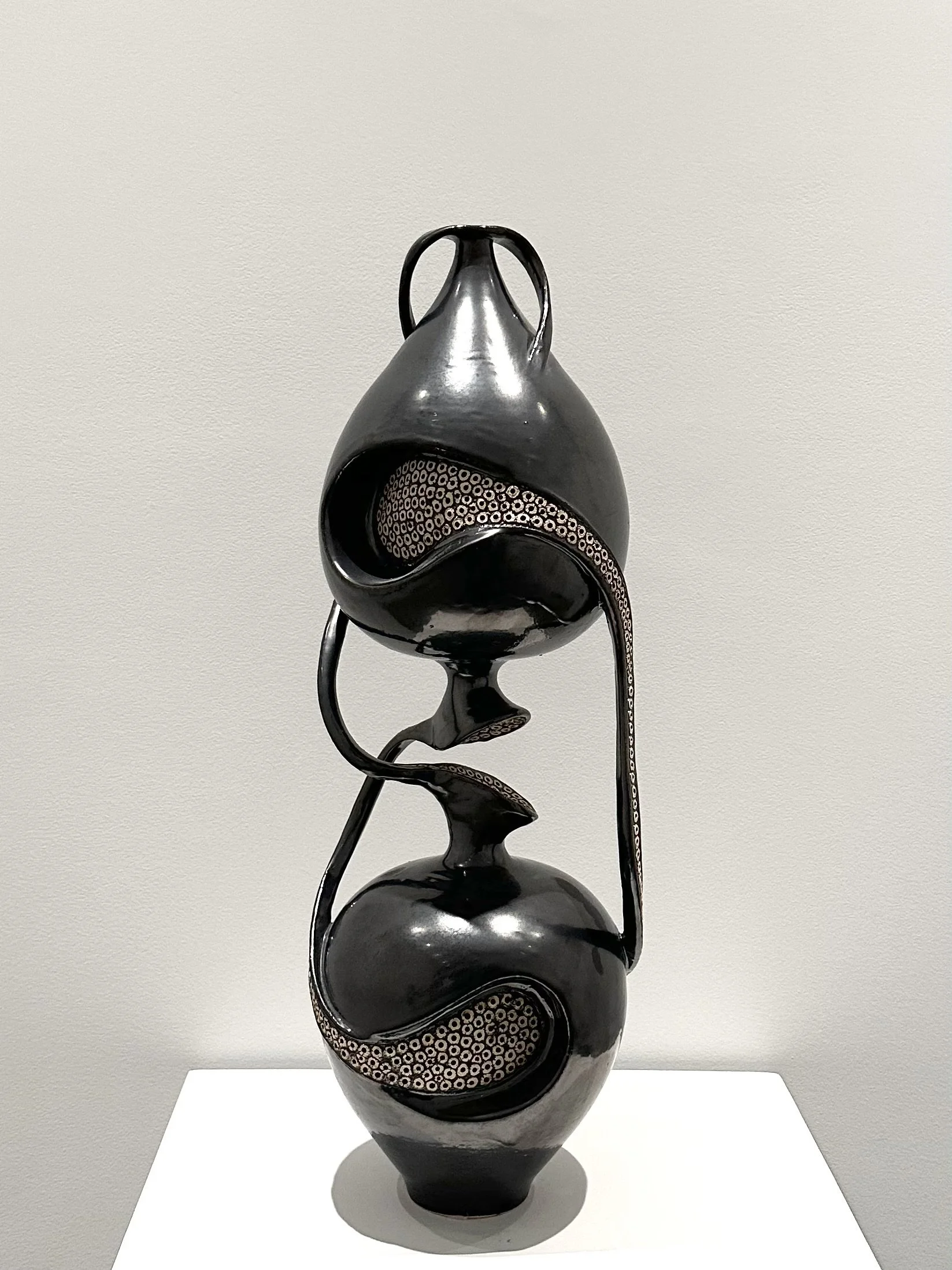The Multifaceted Talent of Katie Reidy
There is nothing Katie Reidy can’t do. I’ve heard her sing with an incredibly powerful voice, seen her on stage delivering a comedy routine, and witnessed her elegance as a communicator. She seamlessly chats in Spanish and captivates large groups of children with ease. Katie is a Swiss Army knife of communication skills.
Discovering the Vibrant World of Kim Leutwyler and Victor Gadino
Both Kim Leutwyler and Victor Gadino bring unique perspectives to figurative art. Kim’s vibrant portraits and commitment to social themes make her work impactful and relevant, while Victor’s elegant and emotionally charged images highlight his exceptional talent and versatility. Their contributions to the art world, particularly in representing LGBTQ+ themes, are of the utmost significance.
The Impact of Faces in Art and Social Interactions
Human faces are gateways through which we interpret emotions, intentions, and social cues. This fascination with faces is deeply rooted in our biology.
Lore Frias: A Vivid Journey in Portraiture
I'm constantly on the lookout for new talent, and as I mentioned, I've developed a new understanding of portraiture. My search through social media led me to the work of Mexican artist Lore Frias. In a recent conversation, I explored her ever-evolving work, which boldly examines color and intimate portraiture.
Alex Kiessling: Creativity, Change, and Curiosity
After a few days of back-and-forth, I finally sat down with Austrian artist Alex Kiessling. Known for his vibrant and dynamic approach to figurative painting, Alex has always intrigued me. Recently, I've been looking at figurative art with fresh eyes and developing a new appreciation for it. Eager to learn more about the thoughts and processes of figurative artists, especially those creating portraits, I reached out to Alex for his insights.
The Germans are exceptionally skilled at abstraction. Why is this the case?
A couple of articles ago, I mentioned that I systematically categorize the artists I admire, and one of these categories is “Contemporary German Abstraction.” The reason for such specific category is the remarkable proficiency of German artists in the realm of abstraction. Maybe I'm overgeneralizing, but every time I find a work of abstract art I love, it often falls into this category. It might be something that resonates with me personally, but I don’t think I’m alone in this sentiment.
Daniel Man: Insights and Artistic Process
Daniel Man is an artist I have long admired. He is not only incredibly talented but also genuinely nice. What can I say? He’s “The Man.” I was thrilled when he recently agreed to catch up, and this week, we connected via Zoom. Set against the backdrop of his studio in Augsburg, Germany, our conversation offered a glimpse into his current projects and his approach to his work.
Tomislav Topic: Insights and Artistic Evolution
I met Tomislav Topic several years ago. I still remember the first time I saw one of his installations—it was so cool I knew I had to meet the person behind it. His work thoughtfully explores how we perceive colors and their profound impact on us.
Reductive Art: Simplicity as Sophistication
A focus on simplicity and refined elegance. You might wonder why these pieces are so compelling, even though they seem simple. Let’s explore the world of reductionist art, where less really is more.
Peter Demos: The Power of Contrast
This is the work of artist Peter Demos—a great example of contemporary abstraction. I first discovered his work a few years ago through my then-business partner, Michael Souter. Michael has a thing for pure abstraction, so it wasn’t a shock that he loved Peter’s work.
Andrew Faris: Bold Hues and Abstract Narratives
Andrew's journey into art is rooted in his design background, which has significantly shaped his approach from the start. In our conversation, he shared how he's moved away from the way he began creating art—meticulously planning his compositions—to embracing a more spontaneous interplay of colors on the canvas. It's less about starting with a concrete idea and more about letting the paint flow and evolve naturally.
Dutch Art Movements: A Wild Ride Through Art History
Let’s dive into the coolest Dutch art movements that have totally redefined visuals, aesthetics, and everything in between.
Sigmund de Jong: The Art Studio as a Research Center
Last week, I did a virtual studio visit with artist Sigmund De Jong, with whom I connected a few months ago on Instagram. I really adore the simplicity of his work—a great example of less is more, though, in this case, it’s A LOT more. He showed me around his studio in the Netherlands with the help of his friend Raph, who acted as a cameraman. As we “walked” into the studio, Sigmund welcomed me by referring to it as his “research center” which, as a science nerd, has stayed with me ever since. It’s as if at that moment, all the studio visits I’ve done in my career became even clearer.
The Enigmatic World of Ellen de Meijer—Her New Print Series
Prints by Duch artist Ellen de Meijer.
“Hughmans,” Hugh Hayden
If you know me, you know I’m all in for shows that leave you pondering way more questions than when you walked in. That’s exactly what hit me at “Hughmans,” Hugh Hayden’s latest exhibition at the Lisson Gallery. Now, this gallery has two spots in New York right next to each other, but it’s art the smaller one where the magic happens—IMHO, more often than not, it's where the really captivating shows unfold.
How to Find Up-and-Coming Artists—I’ll Tell You My Secret
“Where do you find cool artists?” That’s the question I hear all the time. Everyone who’s into art is always on the hunt for new talent. Unearthing these hidden gems takes some real intuition and a bit dedication, but it’s not impossible. Let’s dive into how I do it:
The Art of Duality: Weston Lambert’s Exploration of Material and Meaning
One ordinary day, while I was swiping through the usual mix of dances and pranks on TikTok, something extraordinary grabbed my attention. It was a video of Weston Lambert, deeply engrossed in his work, transforming glass and stone into phenomenal sculptural pieces.
The Appeal of Abstraction
In general terms, abstraction is defined as the “absence of concreteness.” Consequently, abstract art is not concerned with a concrete depiction of our visual world. Instead, it relies on shapes, colors, lines and tones to transmit its effect.
Maggie Jay Horne - Converging Lines
In art, lines represent a conceptualization of the real world that can help us in our perception of objects, depth, distance, etc. Appearing as marks on a paper, lines help us perceive a three-dimensional, dynamic world represented on a two-dimensional surface.
Exploring 'From Thebes to Cairo' at Yossi Milo Gallery
Thursday mornings in Chelsea are the best, especially when you’re gallery hopping with a friend. This week, my friend Aaron and I decided to hit up a bunch of spots, and our highlight was definitely Yossi Milo Gallery. They have ann amazing show called "From Thebes to Cairo" by Ibrahim Said, and wow, it’s something else.


















